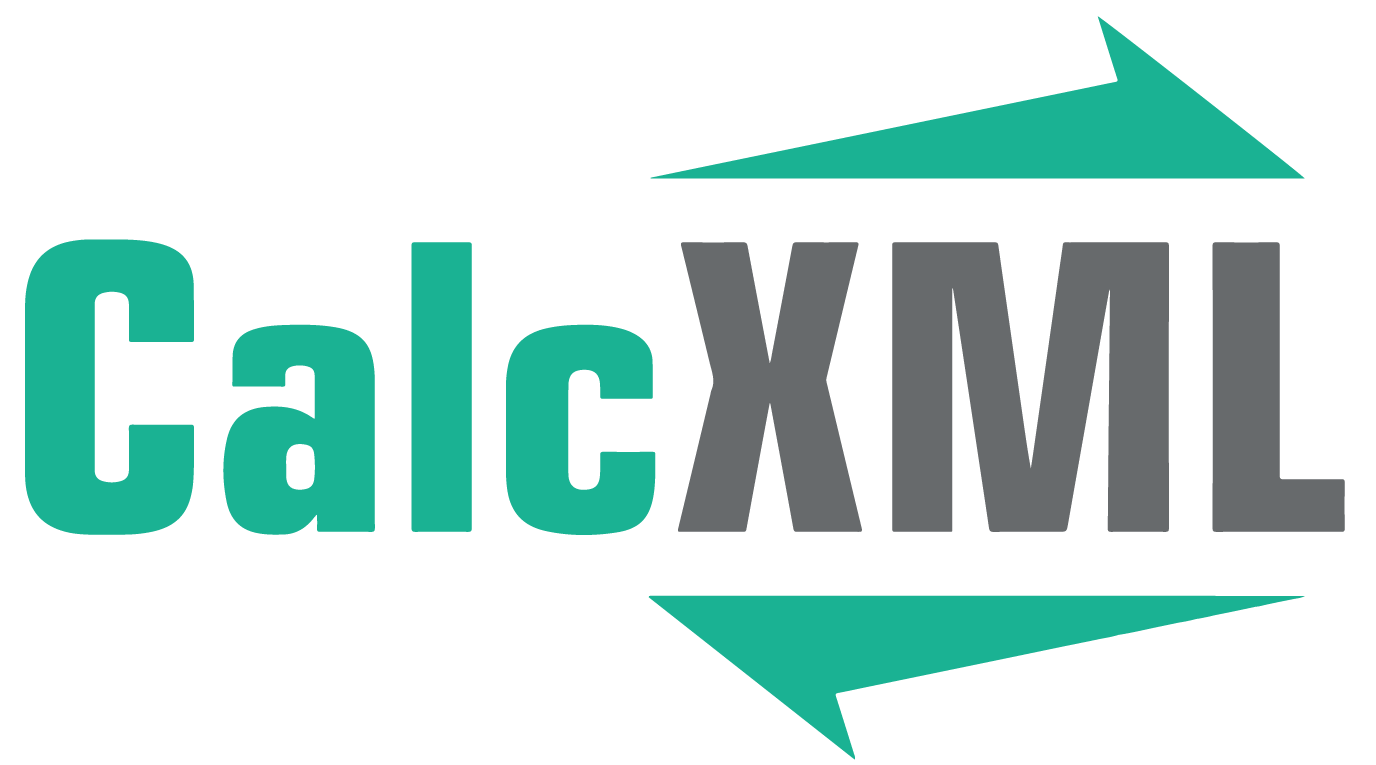Accumulate More In A 529 Plan Vs A Taxable Account
What are the advantages of a 529 college savings plan?
Tax-deferral can have a dramatic affect on the growth of an investment. With a state-sponsored 529 College Savings Plan your contributions can grow tax-deferred (some states allow contributions to be partially or completely deductible) and distributed income tax-free as long as distributions are used for qualified education expenses such as tuition, fees, room and board at higher education institutions.
There is no limit on contributions but some states tend to limit contributions once the plan assets have reached a defined maximum (typically $230,000 - $500,000). Under a special election, you may make contributions per beneficiary in a single year without triggering a federal gift tax by accelerating five years' worth of contributions - based on the applicable gift tax exclusion amount*.
Assets are professionally managed by fund managers selected by the state. Participants can choose from two to almost 30 mutual fund-type investments. Control of the account remains with the contributor regardless of the age of the beneficiary.
* This gift is viewed as an accelerated gift over five years. Any other gifts to the same beneficiary by the contributor within five years may result in a federal gift-tax liability. If the contributor dies within the five-year period, a prorated portion of the contribution may be included in his or her taxable estate for federal estate tax purposes.
Definitions
- Initial investment amountThe existing fund balance or initial contribution, if any, into your 529 plan.
- Annual savings amount:The annual savings amount you plan to set aside in the 529 plan.
- Number of years contributions are made:The number of years you plan to make contributions to the 529 plan.
- Before-tax return on savingsThe return you anticipate to receive on your college savings accounts.
- Marginal tax bracketUnlike the tax-deferred 529 plan, enter the tax rate you would pay on any earnings in an alternative taxable college savings account. This rate will be used for comparison purposes.
This information may help you analyze your financial needs. It is based on information and assumptions provided by you regarding your goals, expectations and financial situation. The calculations do not infer that the company assumes any fiduciary duties. The calculations provided should not be construed as financial, legal or tax advice. In addition, such information should not be relied upon as the only source of information. This information is supplied from sources we believe to be reliable but we cannot guarantee its accuracy. Hypothetical illustrations may provide historical or current performance information. Past performance does not guarantee nor indicate future results.






